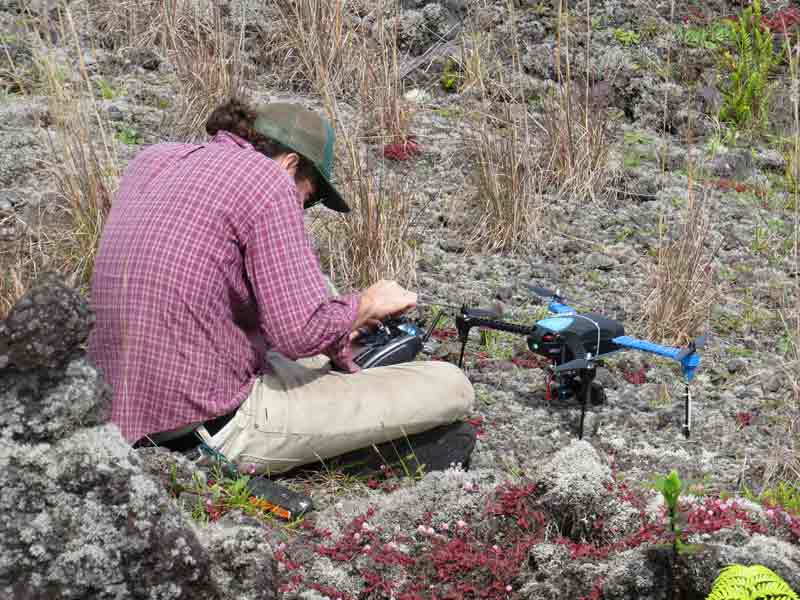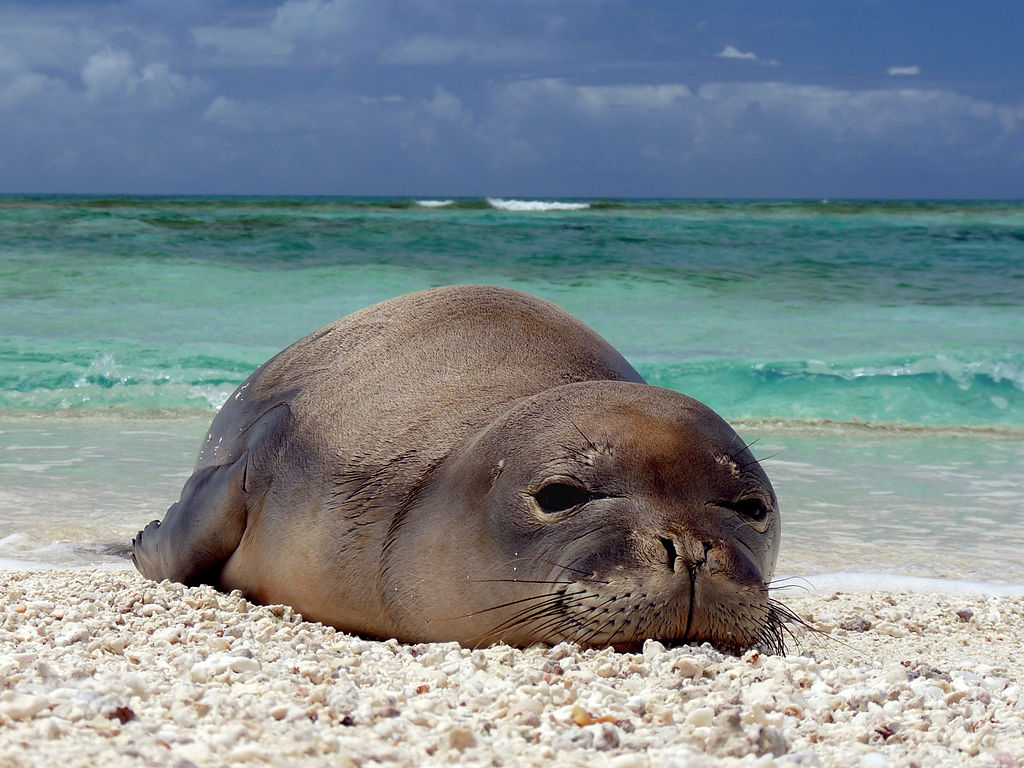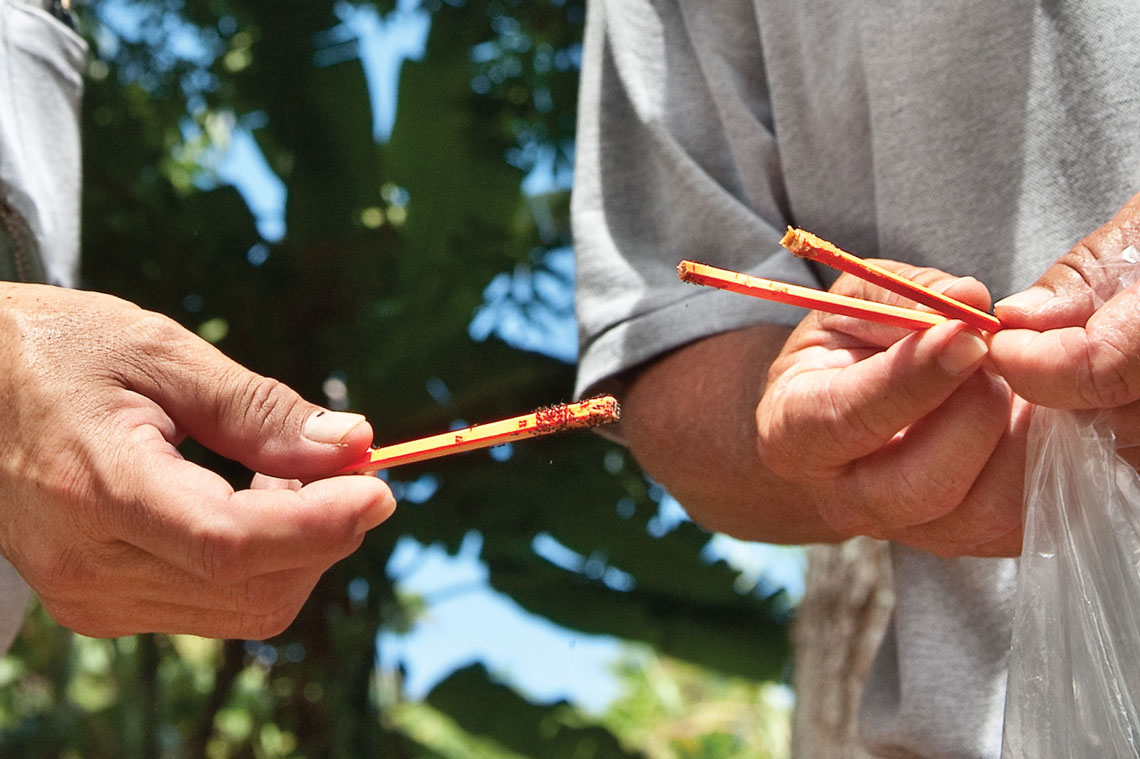Your mission: find a few invasive silk oak trees scattered across a 35,000-acre ancient cinder cone that resembles a bundt…
Read More
Parasite spread by cats threatens rare native animals
As populations of invasive feral cats skyrocket in Hawaiʻi, so does the risk to native animal species. The ʻalalā,…
Read More
Why All the Talk About Eradication?
Life in paradise inevitably means dealing with invasive species in some form. From termites to rats, centipedes to garden weeds,…
Read More
Plant a Wish founders receive 2017 Mālama i ka ʻĀina Award
Sara Tekula and Joseph Imhoff were the 2017 recipients of the Mālama i ka ʻĀina Award, presented June 17th in…
Read More
Honor an invasive species savvy landscaper
Nominations are now being accepted to honor invasive species prevention efforts within Maui County. The Malama i ka Aina Award…
Read More





